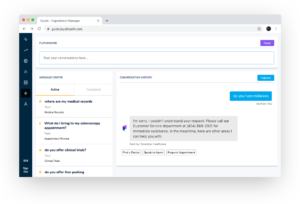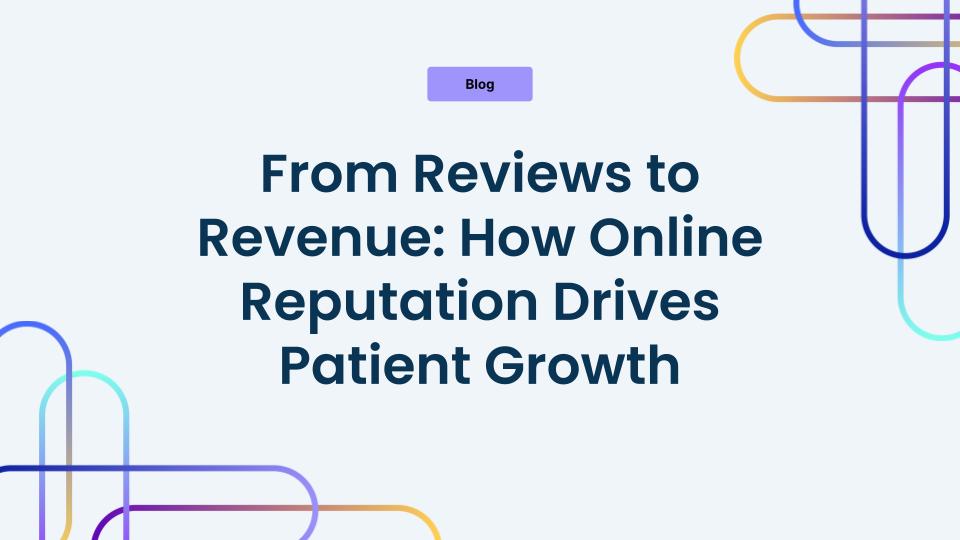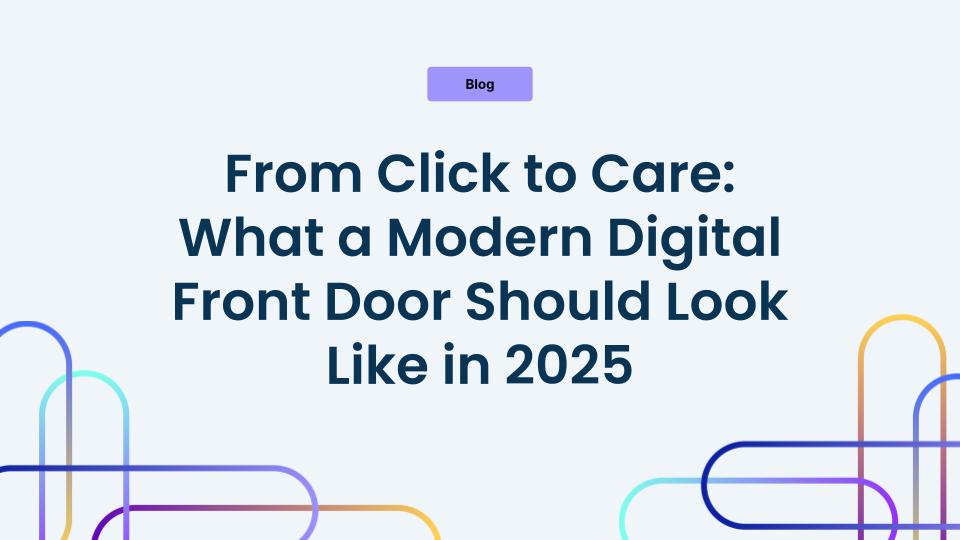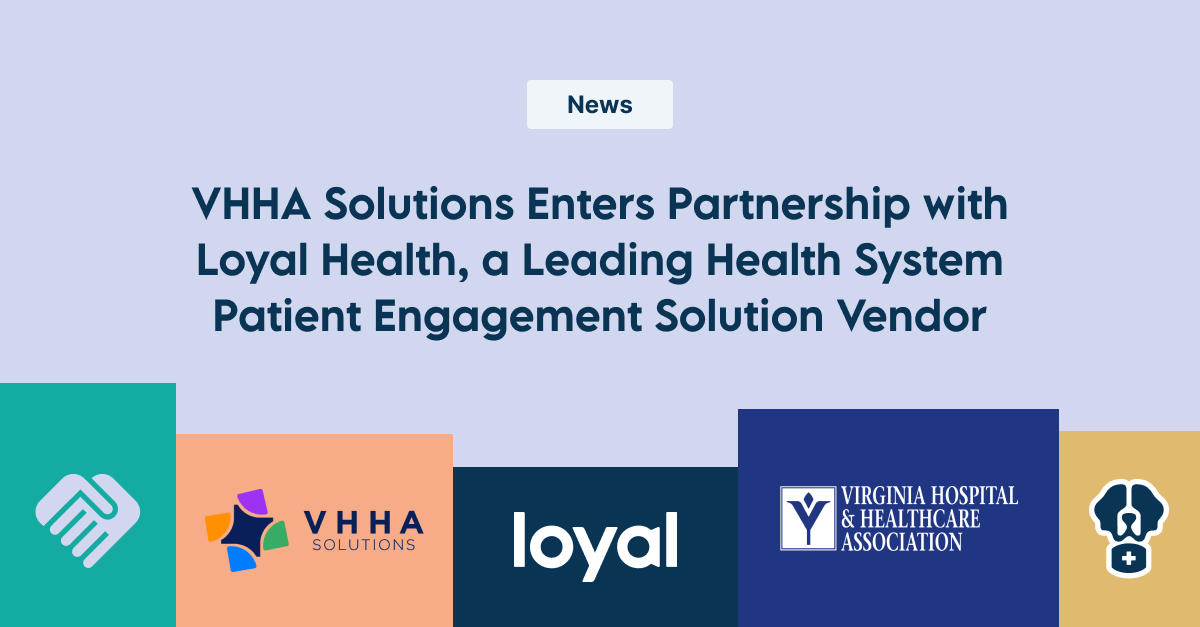We’re back!
Previously, we broke down some of the common terminology associated with chatbot technology (if you missed it, read it here). As with any technology, especially those growing as fast as chatbots and artificial intelligence, there are always new phrases and terms that need defining.
We wanted to expand on the definitions and terminology, so we broke down even more terminology below.
Chatbot 102: Breaking Down Even More Terminology
Actions
Chatbots help healthcare consumers find answers quickly and make website navigation easier, but they also perform complex workflows and conversions in the form of Actions.
Actions is a product within Guide, our conversational AI solution, that allows health systems to create workflows that trigger automatically based on dialog responses or external triggers like page URL or time on page, to conversions and measurable ROI. Whether it’s a workflow to pay a bill, schedule an appointment, or download a form, Actions allows a functionality within the chatbot environment that provides more access and convenience to healthcare consumers.
Accuracy

Is the intent assigned to an utterance right or wrong? Accuracy is the measurement of the chatbot’s responses and whether they were the correct response or not.
For reference, intent is what a user is actually trying to say when they say something. It’s the why behind why a patient is chatting in the first place.
Analytics
Behind the scenes of our chatbot platform is an entire analytics dashboard devoted to providing insight into the questions, behavior, and interactions healthcare consumers have with Guide. Clients can use the analytics to improve website navigation, fill in content gaps, and better understand consumer intent.
Context
Context is the driving force for personalization on Guide. Without context, the chatbot wouldn’t have the knowledge to know when it is appropriate to personalize the conversation. Depending on the page URL that the user is on, the dialog and templates, or pre-populated calls to action located within the chatbot window, will automatically adjust to reflect that specific page.
We covered the importance of context in a chatbot environment in a separate article here.
Engagement Rate
Healthcare websites have thousands of visitors every day and not all of them are going to utilize the chatbot during their visit, but the ones that do, are factored into the engagement rate.
Engagement rate is the percentage of website visitors who initiated a conversation with the chatbot versus the overall number of visitors over a given period of time. If there are 1,000 visitors and 100 of them utilize the chatbot, then the engagement rate will be 10%.
Experience Manager
Experience Manager is a two-way dialog improvement tool for clients utilizing Guide. It’s a place where clients can test dialog and responses in a sandbox environment that can then be implemented on the website to address consumer questions.

It’s a way for clients to become comfortable with their responses in a safe, playground environment, but also to ensure the bot is trained using the most accurate and helpful dialog.
Recognition Rate
Recognition rate is how often Guide can confidently assign one of the intents from its intent library to an utterance. If the intent possibilities aren’t strong enough to be assigned to the utterance then it will return as Null, or unrecognized.
Synonym Library
What do you say when you have a cold? Do you have the flu, sniffles, chills, sore throat, under the weather, sick as a dog?
Healthcare consumers refer to ailments, illnesses, and symptoms differently. That’s why a chatbot needs to be able to recognize these varying terms and associate them with the correct intent so that the chatbot response is as accurate as possible. A robust synonym library means the chatbot will recognize what a consumer says and respond accurately, even if the entity isn’t the correct technical term.
Is That It?
As always, with any new and rapidly growing technology, there’s going to be new definitions and terminology emerging all the time. These definitions, along with the previous post, should be enough to get you started, but we’ll continue to update and revisit the list in the future.




